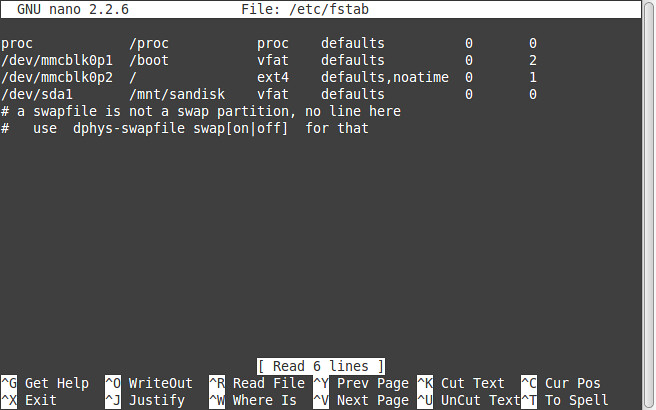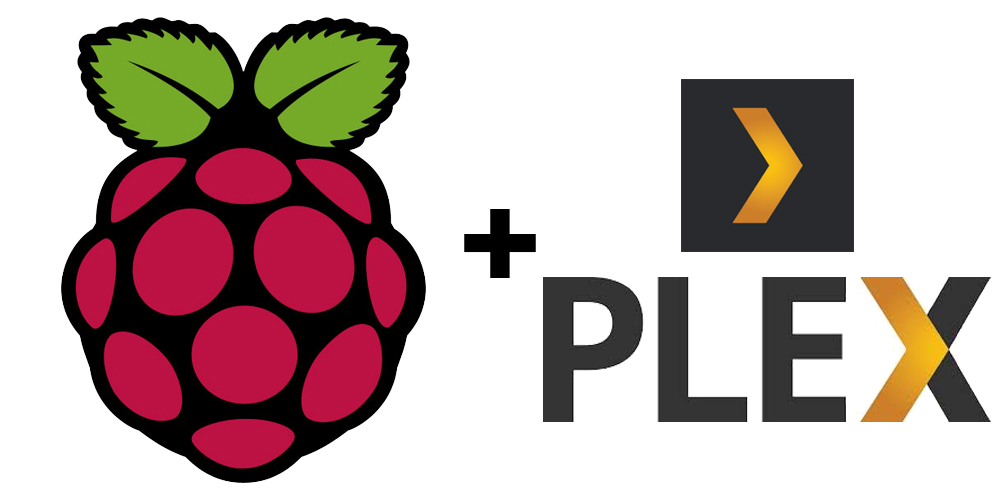



In my case this is disk2 as the other disks are APFS macOS Volumes and contain boring things like the operating system and my photos. e.g DietPi_RPi-ARMv6-Buster-3 % diskutil listĢ: Apple_APFS Container disk1 498.7 GB disk0s2ģ: Apple_KernelCoreDump 1.3 GB disk0s3Ġ: APFS Container Scheme - +498.7 GB disk1ġ: APFS Volume Macintosh HD - Data 333.7 GB disk1s1Ģ: APFS Volume Preboot 428.0 MB disk1s2ĥ: APFS Volume Macintosh HD 23.8 GB disk1s5Ħ: APFS Snapshot .update-. 23.8 GB disk1s5s1ġ: Windows_FAT_32 boot 268.4 MB disk2s1 In short, use diskutil list to find the SD card, then unmount with diskutil unmountDisk /dev/diskN where diskN is the SD card. Each version of the RaspberryPi is catered for in one image:įlashing the SD card can be done a number of different ways though I prefer the command line and there’s a great guide on for macOS (and other plaforms). Head over to the website and download the DietPi image for your device (there are lots of platforms on offer). Configure Plex and Tautulli Flash SD Card with DietPiĭietPi is my goto image when I’m working on RaspberryPi projects (I’ve written a little about this in the past) as it offers a great base image, a simple software configuration and a ton of guides in their docs which is super helpful for getting started. The RasperryPi 4 is a powerful, pocket-sized, computer which can be setup as a home media server with very little cost or effort.įor this setup you’ll need a RaspberryPi (4 if possible), a microSD card and an external drive of your media.Ĥ. What has changed is the hardware needed powering such a setup.

Media streaming isn’t a new thing and since the early days of the internet home media setups have been fairly common.


 0 kommentar(er)
0 kommentar(er)
